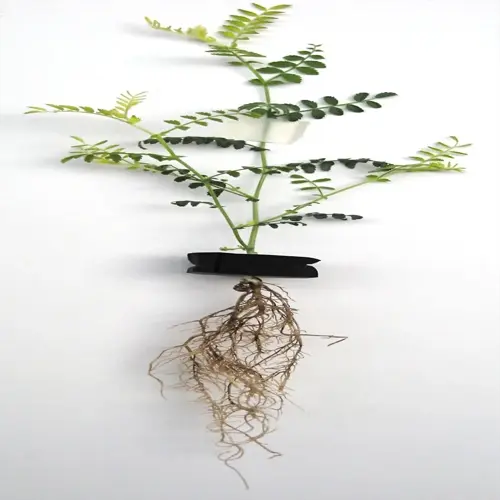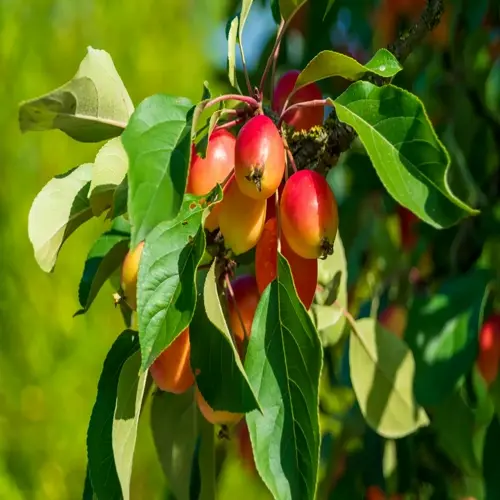Can grocery store garlic be planted?

Written by
Olivia Mitchell
Reviewed by
Prof. Martin Thorne, Ph.D.Growing grocery store garlic often disappoints gardeners despite its appealingly easy upfront cost. I experienced this first hand early on in my gardening experiments and failed miserably (actually, it wasn't very comfortable!). The garlic from stores is treated before sale (either with irradiation or other chemical growth inhibitors), preventing the cloves from sprouting. At the same time, they are being shipped and stored. These growth inhibitors stay with garlic and cause the cloves to fail at growth. Most commonly, the outcome is weak plants with little to no bulbs.
Garlic can introduce illness threats to your garden. Commercial operations may harbor soil-borne pathogens, such as white rot or Fusarium, which can remain viable in the soil for years after introduction. I perpetrated this with my raised beds and had to replace the soil completely. Certified seed garlic has been subjected to more disease testing and will not pose such threats.
Guaranteed Quality
- Disease-free from nematode testing
- Adapted to specific climate zones
- True-to-variety characteristics
- Higher germination rates
Performance Benefits
- 25-40% larger bulb development
- Consistent growth patterns
- Optimized for local seasons
- Reduced pesticide needs
Source certified seed garlic from reliable nurseries that specialize in varieties that are suited for your USDA zone. I order from regional suppliers every fall to plant in October. The initial cost may seem steep, but the harvests are worth it. From one seed bulb, on average, you expect to harvest 5-7 new bulbs, instead of the 1-2 small bulbs from grocery store garlic.
You can salvage grocery garlic, but only if it is organic and untreated. Soak the garlic cloves overnight in kelp solution to combat inhibitors, plant in separate containers, not in garden beds. Be vigilant for signs of disease. Even then, you should see yields that are significantly smaller than those achieved with proper seed stock.
In successful harvests, save your own seed garlic. For replanting, save the biggest and healthiest bulbs. Store them separately from garlic for eating at 60-65°F. Creating adapted local strains takes time, but it's worth it. My stock products were all from certified seed, but now outgrow any commercial variety on the market.
Read the full article: When to Harvest Garlic and How to Do It Right

